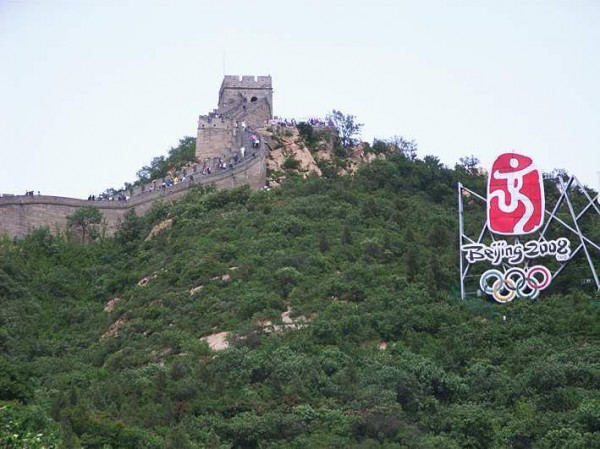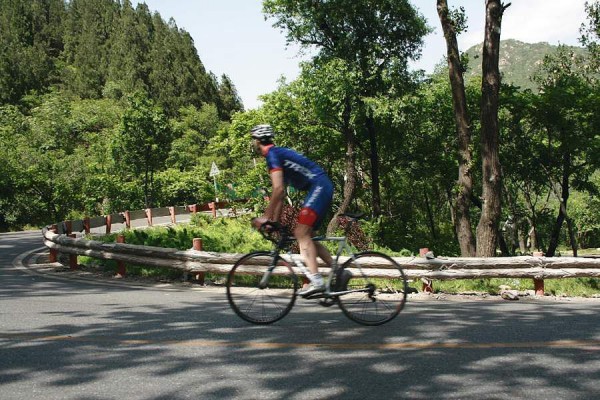Beijing Olympics: The road to success
By Tom Greer With the Beijing Games fast approaching, cycling fans are pinning their hopes on the...


By Tom Greer
With the Beijing Games fast approaching, cycling fans are pinning their hopes on the Olympic Road Race to revive the sport's fortunes in China.
The Olympic Road Race on August 9 will be a landmark in the history of the sport in China. Already billed as one of the Olympics' most challenging and spectacular circuits, cycling's governing bodies eagerly await the impact of the event on this untapped market.
Optimism abounds, but many significant obstacles will not be overcome so easily. China's lack of exposure to world-class cycling events and an institutional bias towards specific Olympic disciplines still hamper the growth of the sport. Though renowned as the land of the bicycle, it could take some time before Chinese cycling establishes its credibility within the professional peloton.
The spectacular outline of the Olympic circuit belies its erratic development. Initially, the Chinese Cycling Association (CCA) had no real idea where to hold the road race events.
Back in 2002, the CCA's initial proposal was to hold the road race along Beijing's uninspiring fourth ring highway. This huge, eight-lane motorway encircles the city – and is completely flat. Worse still, it's utterly uneventful.
Insiders claim the presentation of the circuit to the International Cycling Union (UCI) consisted of little more than a photocopied map with a yellow marker tracing the loop. This was a first indication that the CCA did not have the understanding of professional cycling required to draw up a truly Olympic course. In 2005, the UCI flew to Beijing to discuss alternatives, convincing the CCA that cycling was used in Europe to showcase nature as well as national monuments.
The latest race content, interviews, features, reviews and expert buying guides, direct to your inbox!
Eventually, the idea caught on that cycling could be used to showcase the beauty of Beijing. The CCA settled on a mass start near Tiananmen Square before heading out north-west to the famous Ba Da Ling Great Wall. Built to keep out the fierce Mongols of Genghis Khan, this walled fortress adds a spectacular backdrop to the event. The race itself has all the ingredients needed to live up to its hype.
Facing a distance of 245km, the riders in the men's race will start off with 80 flat kilometres from downtown to the foot of the key climb. Once there, seven loops of 23.8km will separate the hopefuls from the true contenders. The climb is approximately 11km long, averaging less than four per cent, and even includes some short descents. However, it does feature abrupt changes of gradients of up to 10 per cent.
Belgian team coach Carlo Bomans regards the course as excessively tough, comparing the climb to an extended Poggio, the final climb in the Milan-Sanremo one-day Classic. Australian rider Michael Rogers, who previewed the circuit last August, described it as "a little bit harder than I'd expected. It's not super-steep but it's quite constant and there is no actual recovery."
Read the complete feature.

